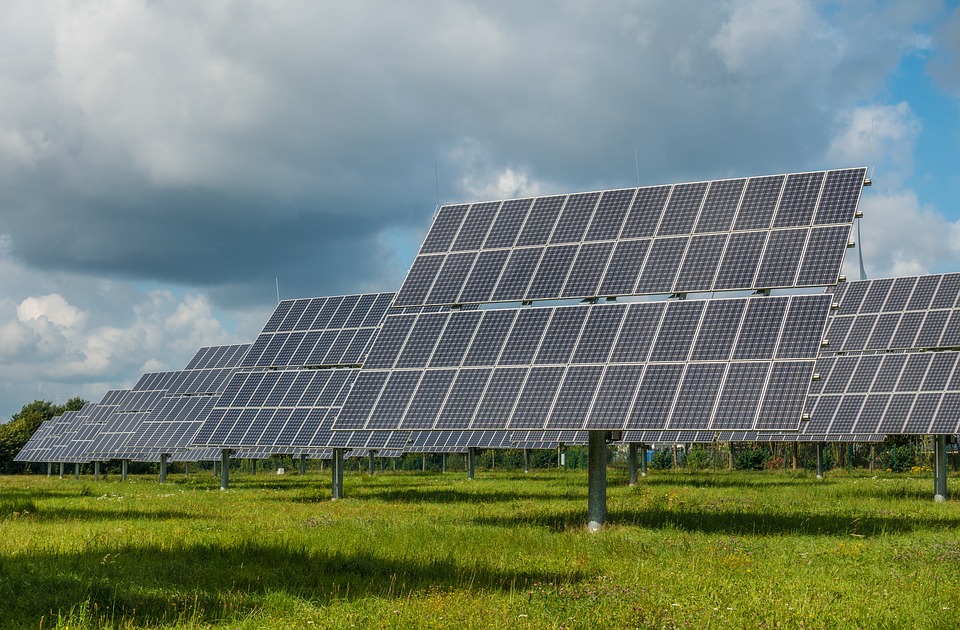
Farmers swap crops for solar panels
What’s happening? The number of planned solar farms in the east of England has doubled in recent months as a growing number of farmers are swapping crops for clean energy. This solar boom is anticipated to provide more than double the solar energy capacity from the east of England compared to the same period in 2020. Many of these new solar farms will be constructed on former agricultural land. According to the UK Power Networks, after it removed the upfront cost to connect to the local energy grid more landowners have begun to switch from growing crops to electricity generation. (The Guardian)
Why does this matter? Farming typically provides a very variable and uncertain level of income as profits are highly dependent on several factors such as weather, commodity prices and the quality of harvest. The arable sector in the UK is expected to see a 43% drop in average income in 2020-21 after facing poor drilling and growing periods. Farming also has high and unpredictable operating expenses such as fuel and feed prices and ageing equipment that needs replacing.
There is also the alarming issue of soil erosion – some studies have claimed that there are only 100 harvests left in the UK. The issues discussed above make it easy to understand why more farmers are using their land for solar power – it is a tremendous opportunity to have a steady flow of income and provide some predictability.
A global trend? Farmers in the UK are not the only ones looking to use their land for solar power. Over in the US a farmer by the name of Patrick Killian in Moreau, New York was forced to sell his 300 dairy cows over falling milk prices. Killian is now hoping to lease 80 acres of his land to a Canadian clean energy company, while several other farmers in Moreau have also made agreements with another solar developer, Renau Energy, in order to save their farms from rising maintenance costs.
Who’s going to grow the vegetables? Traditionally, solar farms were put up quickly without much thought given to what’s under them, most of the time developers would fill the area with gravel. However, this is no longer the case thanks to a practice called “agrivoltaics”. Agrivoltaics is growing food and generating solar power on the same land and more developers are looking at planting vegetation underneath solar panels.
Evidence has suggested that not only can solar and agriculture coexist, but they can actually mutually benefit each other. The shade from solar panels, for example, can reduce heat and water loss by slowing evaporation from the ground. A study found tomatoes produced double the fruit when under the shade of solar panels compared to those unshaded.
To bee or not to bee? It’s no secret that bee populations, along with other pollinating insects are declining. These insects are key to harvests, pollinating around 75% of all crops consumed by humans. The area under solar panels is also being used to create pollinator habitats in some areas. This could help farmers increase the crop yield on neighbouring fields.
However, in order to create an effective pollinator habitat a variety of native plants are required which would each have different growing requirements, potentially making this costly and tricky to set up.


